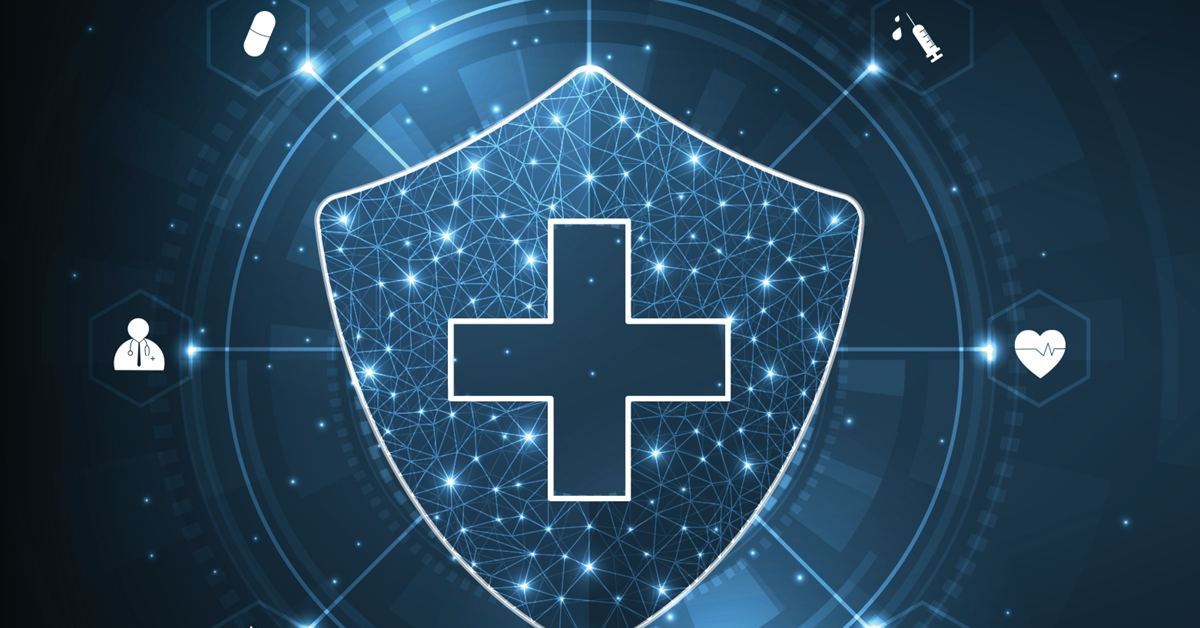Due to the demands of the COVID-19 pandemic, the healthcare space has been pummeled over the last few years to answer the manifold and ever-growing needs of citizens. Many of these needs have solutions that can only be resolved through agencies’ information technology systems.
“For us, during COVID, it was really about, how quickly can we leverage our growing capabilities in cloud…We stood up data analytics and visualization platforms. In partnership with Microsoft, we rapidly stood up a COVID bot on the website that enabled citizens to determine what they needed to do with regard to COVID symptoms. And we rapidly put in place border health monitoring capabilities, again, all leveraging cloud,” said Centers for Disease Control Deputy Chief Information Officer Jason Bonander. The executive shared his thoughts during a recent event hosted by GovCon Wire.
Data administration and the replacement of legacy systems were the primary themes that arose in this discussion between private and public sector healthcare technology professionals. GCW’s 2nd Annual Healthcare IT – Digital Transformation Forum featured Leidos Health Group Vice President Bobby Saxon as moderator for the “What’s Next for Modernization” panel. Leidos was also a Platinum sponsor of the May 17 event alongside Core4ce and Silver sponsor Unanet.
If you missed the event, you can watch the full slate of discussion here. You can also browse and register for upcoming GCW events here and those from sister service Potomac Officers Club here.
Bonander went on to say that cloud is less a renegade modernization practice at this point than it is “core infrastructure,” a given. Still, he says it offers “evergreen possibilities” that the CDC is still mining in post-pandemic efforts where the agency has been prompted into realizing they must “fundamentally modernize and change how [they] develop applications, how and where [they] host those applications.” He says they’re operating at a quick pace in remaking and reimagining their offerings.
Fellow panelist Dr. Susan Monarez, deputy director of the Advanced Research Projects Agency – Health, reported that her organization has the distinct benefit of being brand new, so it doesn’t have any legacy systems to overturn. With regard to making progress in the government health technology space, Monarez said that the goal is to avoid getting into a situation where something that could be realized via an innovative tool or strategy in a matter of three to five years ends up taking 10 to 20 years.
To do so, Monarez says ARPA-H is attempting to break new ground in its field.
“How do we take core concepts for the health ecosystem we talk about, from the molecular to the societal, and think about the problems in ways that just are fundamentally different than the way that folks have been thinking about the problems…How could we actually start to address those problems in a way that hasn’t been done before?” Monarez explained of the research and development hub’s mindset.
When Saxon queried the panelists about how their organizations are aiding decision support, Bonander said it’s about turning the massive amounts of data the CDC receives and processes into “actionable insights” in a way that benefits “state and local health partners” as well as “the average citizen.”
“Data is the lifeblood of public health,” Bonander stated, while Monarez said she “loses a lot of sleep from excitement” in thinking about the possibilities of creating a full-scale way to make health sector data actionable.
Core4ce CEO Jack Wilmer noted the utility of artificial intelligence technologies in sorting through large amounts of data to boost decision making, but also said that it’s important to implement explainable AI whose choices and determinations can be legible to the citizen user.
In looking to the future, Wilmer, who previously worked for the Department of Defense, believes that, despite critiques that say the opposite, the government can actually be “incredibly forward leaning” in its modernization and innovation practices. Specifically, he referenced biosurveillance initiatives where existing data is being exploited in productive ways. Such practices might, Wilmer said, even help in the mission to predict or identify the next pandemic before it’s too late.
















